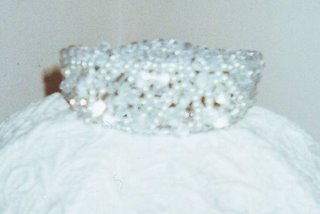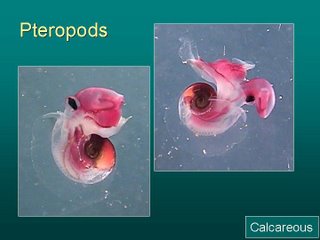
The news from our lovely synchrotron is good.
Dr. Peter Kappen is working on a coffin of a 2500-year-old Egyptian princess to find out where the artists got green pigment for their paint. The red, yellow and blue paints came from natural ochres and minerals but the green is a mystery. This coffin lid is ideal because it has never been preserved with modern varnishes and the synchrotron will allow Dr. Kappen to work out the chemical composition of the paint. He does work in a German Synchrotron.
Dr. Marcus Kitchen, from Monash University, studies how fluid is cleared from the lungs of newborn rabbits. The process does not harm the rabbits and the images are to calculate how much air goes into the different regions of the lung and how long it takes to get there. This research could eventually lead to better ways to treat premature babies who have to be artificially ventilated because their lungs are not fully developed. Dr. Kitchen researches at a Japanese Synchrotron.
Dr. David Cohen goes to a US synchrotron where he is researching plants that thrive on toxic heavy metal such as lead, nickel and cadmium. These plants can store amounts of metals thousands of times greater than others. They're known as hyperaccumulators and could help clean up contaminated industrial sites. The synchrotron helps reveal how the plant stores the metal and in what chemical form.
Being able to work in Melbourne instead of travelling all over the world will mean less air fares (no business class) and jet lag and more experiment time. There is a huge waiting list at overseas synchrotrons and very little time to set up and finish experiments. Whatever the cost of the Australian Synchrotron, currently over 160 million dollars, it's worth every cent to scientists wanting to work here.
Speaking of Costello, I mean sharks, here is a little snippet from New Scientist. The grey nurse shark is heading for extinction and scientists are trying an artificial uterus for growing shark embryos. Why not leave them where they are? It seems the grey nurse shark starts pregnancy with up to 40 embryos in her two uteruses but the embryos have a taste for cannibalism (calling Naomi Robson) and tend to eat each other. The embryos will be flushed from their mother and raised in the tank although they haven't yet developed an artificial uterine fluid.
Something for the arachnophobes. There is a species of spider in eastern Ecuador that lives in nests that house up to several thousand individuals. It's rare for spiders to live in cooperative groups but this mob uses group tactics to hunt. They hang sticky silk threads from low-lying leaves and when an insect is trapped, a group of spiders drop down and wrap more threads around it. They paralyze the prey with venom and carry it back to the nest to share with others. They also take turns carrying the kill back to the nest if it's large. Just what the world needs, a think tank of spiders.










